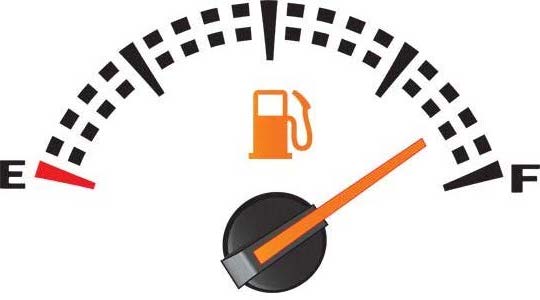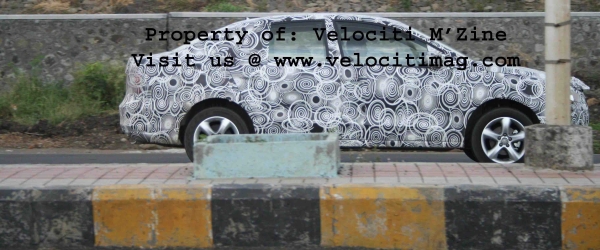
The petrol prices have crossed 65 rupees and in some cities it is close to Rs. 70. So what can a normal consumer do? Either stop driving or drive more carefully so that he could achieve more miles per litre.
Here are some fuel saving tips by SkodaIndia.
Don’t let the engine warm up while the car is stationary. Even in the coldest winter, you can begin driving modern cars right after the start of the engine. If you don’t run up the engine to its maximum speed, you will lower both environmental pollution as well as the consumption of your vehicle. Putting on your seatbelt before starting the engine will also save you fuel.
Drive with foresight. Any person approaching red traffic lights without slowing down, then abruptly hitting the brakes, and continuing on at full throttle once the light turns green can be seen at gas stations more frequently than a driver choosing a speed that corresponds to the traffic situation.
Turn off the engine even for short stops. Turning off the engine while waiting before a closed railroad crossing or even during short stops not only protects the environment, but your wallet as well. In some cities, additional traffic lights inform drivers how long the red phase will continue to last. The fear of wearing out the starter due to frequent starts is unfounded – it is designed for several tens of thousands of start ups (the Start/Stop system in the GreenLine range is the ideal solution).
Avoid driving at high rpm’s. The lower the engine speed, the lower the fuel consumption as well. Once you’ve set the car in motion, quickly shift into higher gears until have you reached the desired speed. Coasting in the highest gear not only lowers the noise level and the emission of pollutants, but the fuel costs as well.
Drive at an even speed. Unnecessary acceleration costs a lot of fuel. The most convenient way of driving is with the cruise control set. The disadvantage is that – contrary to you – it cannot think. The following tip explains what that means for the fuel consumption of your car.
Adjust your way of driving to the terrain. If you are driving on a hilly road, you should already ensure, as you go downhill, that your car reaches a speed that allows for the climb to begin with as much momentum as possible. In that case, the engine has to work less and runs more economically.
Pay attention to the proper tire pressure. Low tire pressure leads to the kneading of tires. Not only does that reduce their service life, it also increases fuel consumption by up to ten percent. Due to their higher rolling friction, winter tires with a coarse tread automatically cause higher fuel consumption.
Do not carry any unnecessary dead weight with you. If you drive around with unnecessary load in your trunk, you’re wasting money. Depending on the vehicle, 100 kilograms of additional weight “cost” about 0.7 liters per 100 kilometers.
Avoid any unnecessary drag. Although a wheel or ski carrier on the roof of the car shows off your sporting attitude, it is a useless waster of fuel if it is not used. If you mount a luggage box on the roof in order to go on vacation, the fuel consumption may increase by up to twenty percent, depending on the speed you’re driving.
Make deliberate use of the air conditioning system. Operating an air conditioning system at full load in an upper middle class vehicle may increase fuel consumption by up to two liters per one hundred kilometers. Doctors have been warning against an acute danger of catching a cold if the inside temperature of a car is lowered by more than 6 degree centigrade compared to the outside temperature. Driving with an open side window only causes an insignificant decrease of the inside temperature. But the fuel consumption is higher than when the air conditioning system is running. Not to mention the reduced comfort due to the draft and loud wind noises.


